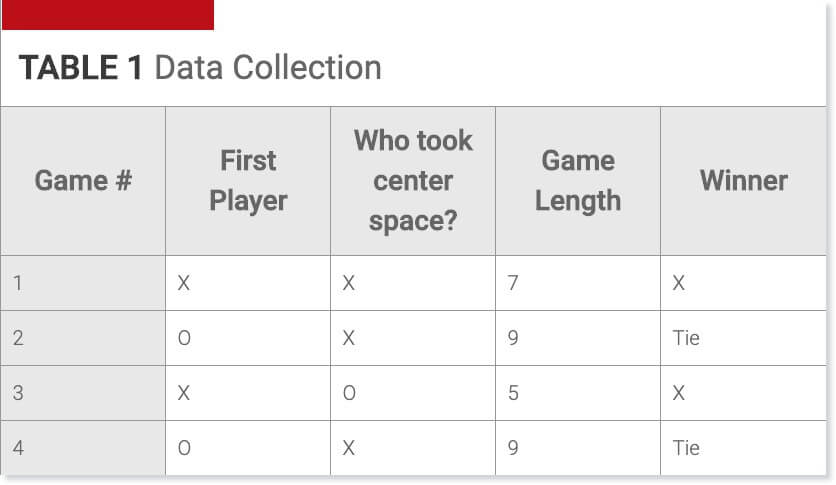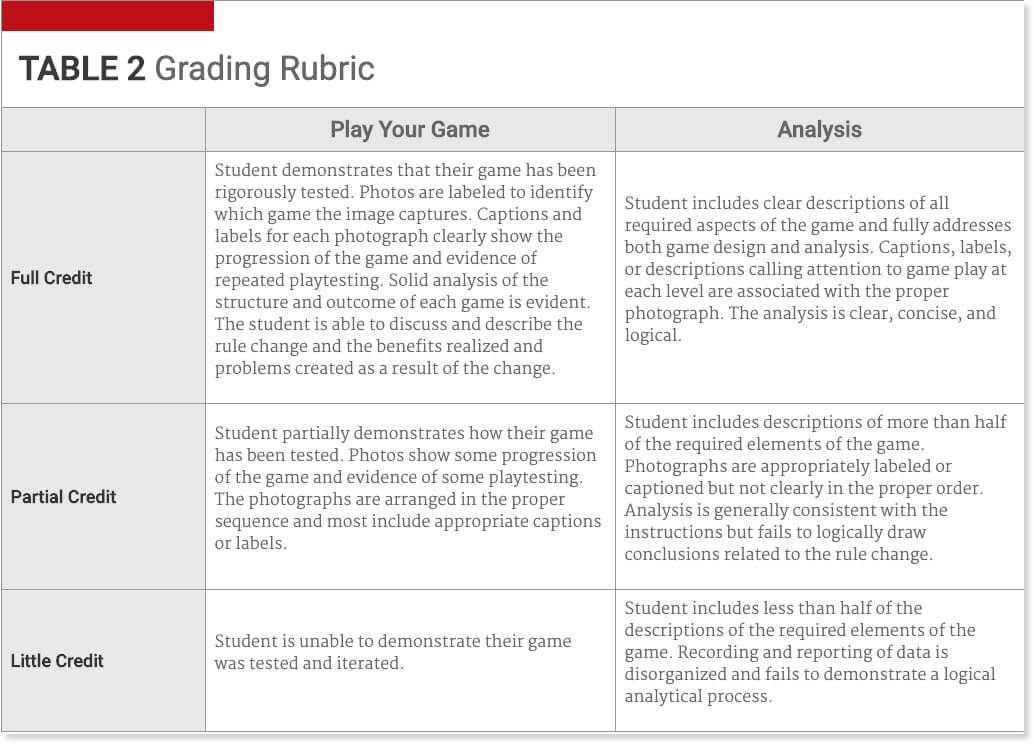
Activity: Game Design
April 2, 2020The following activity is part of our 14-day #eDLProjectShare series. The activity is extracted and modified from our high school, Foundations of Game Design 1a: Introduction course / Unit 2: What’s in a game?
Directions:
- Complete the following activity. Use the rubric located below the activity to assess how you are completing each of the required components.
- (Optional): Feel free to share your project progress or the final project with a short video or picture on Twitter or Facebook using the hashtag #eDLProjectShare @eDynamicLearning. *If you are under 18, you must have your teacher or parent or guardian’s permission to post.
- (Optional): For teachers and parents looking to use as a graded activity, a rubric worth 15 points is located at the bottom of the activity.
 Activity: Game Design
Activity: Game Design
Let’s design a game! We’re starting off easy by working with just pen and paper, and rather than starting from scratch, we’ll modify an existing game. Even so, this exercise will familiarize you with some of the basic steps of the game design process while giving you practice thinking about the parts, mechanics, dynamics, and aesthetics of games.
First, choose a common pen-and-paper game such as Tic-Tac-Toe, Dots and Squares, or Hangman. If you want to choose a different game or one that requires additional materials, you may do so assuming you have the materials on hand. You’re going to choose one part of that game (goal, challenge, space, action, component, or rule) and change it to make your own modified version.
Play Your Game:
- First, come up with different ideas of how you might change just one of the parts of this game. Maybe you change the goal to something else, or you add an additional player, or you shrink or expand the space. Create a written list of all the various ideas you have generated about what you could change.
- Select your favorite idea. Write down a brief outline of the rules of the game, incorporating your favorite idea. Gather any materials you will need to play your new version of this game.
- Set up and play this game with only your one part of it changed. It may be helpful to have a friend or family member play with you, but you can do it alone if need be. You will probably notice that this change creates problems for how the game works, and this is okay! You may also notice that there are benefits created by your rule change; these are okay too! Describe these problems and any benefits in the same place where you wrote your list of ideas. Photograph what your finished game looks like and label it as “Version 1.”
- Look at the list of problems you generated and write down possible solutions for how to make your game work better.
- Set up and play your game again, incorporating these solutions and making notes about any rules that changed. Take notes about whether your potential solutions worked or created more problems. Photograph and label this game as “Version 2.”
- If you still have significant problems that need to be fixed, play again with those new rules. Photograph it and label it “Version 3.”
- Play your working game at least 10 more times and photograph each final game state, writing down next to the finished game important data such as which game in the series is represented, player order, and who won. You will need this data later for the analysis step.
Analyze Your Game:
- After you have finished playing your game, organize your notes into a more thorough analysis of your game. Include the following:
- Identify and clearly describe the parts of the original game: goal, challenge, space, actions, components, and rules. Be as specific as possible.
- Describe which part of the game you changed and how, plus the changes to the other parts that were necessary to accommodate your first change.
- If you need to you can write out a new list of the parts if they end up differing wildly from the original game.
- Using the parts as a basis, write game instructions for your new game. After reading these, someone else should be able to easily pick up and play your game.
- List at least two mechanics the game employs, the dynamics those mechanics produce, and aesthetics produced by those dynamics.
- Look at your game data to see if there are any patterns in winning or losing. Describe any patterns you find (or lack thereof.) For example, did the player who went first win much more often?
- How successful and fun do you think your new game version is in comparison to the original version?
Here’s an example of the type of data you might collect in Tic-Tac-Toe:
Submit your summary of the game data, your photographic series, and any tables or charts you created to illustrate how the outcome of the game changed as a result of your rule change. If you created an outline to guide you through organizing your notes, include that as well.
Rubric


